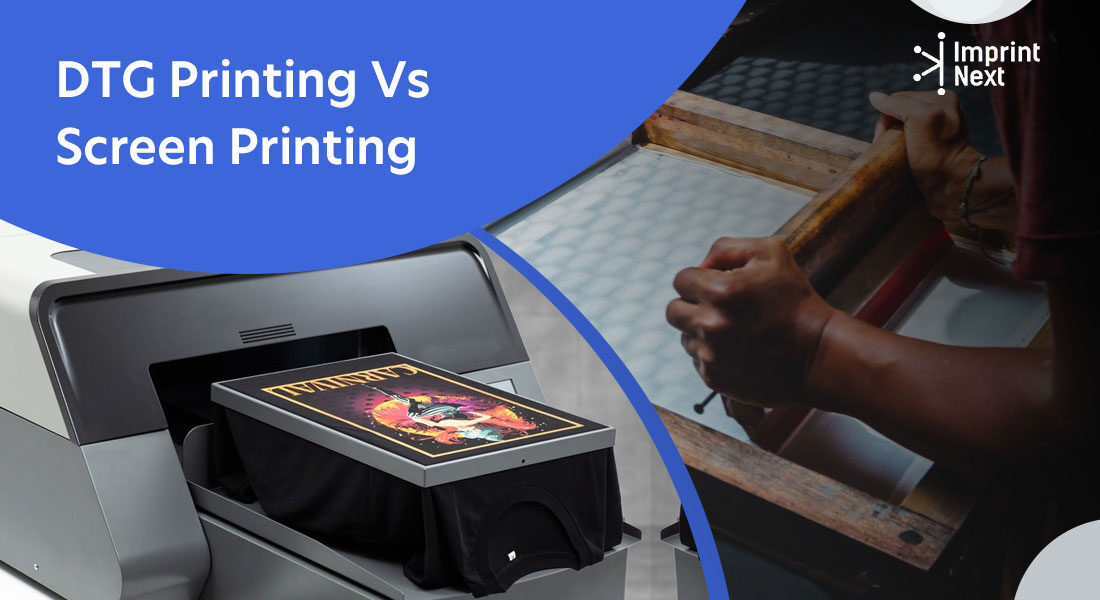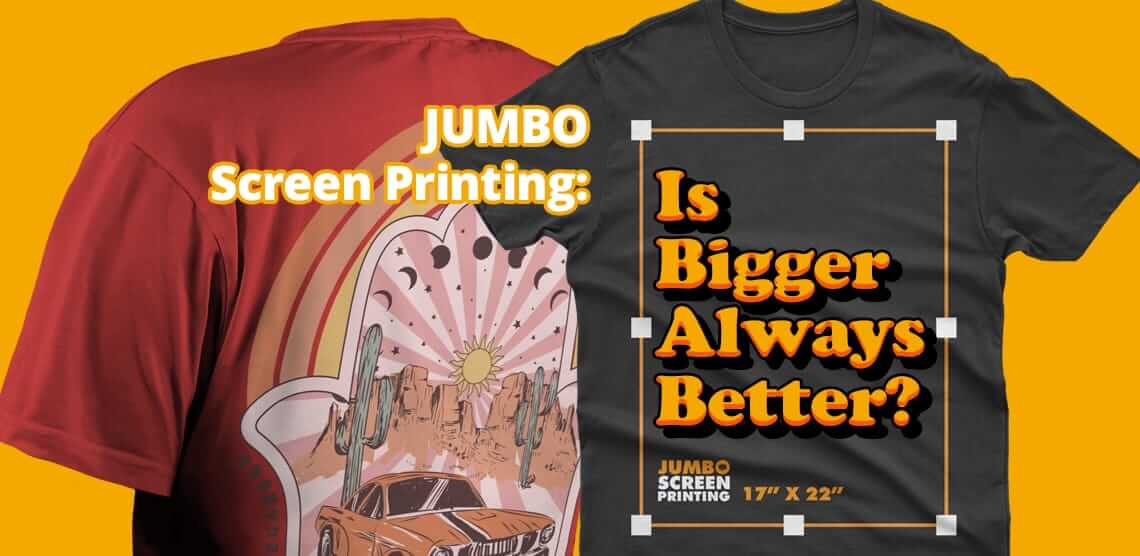Some Of Tx Tees
Some Of Tx Tees
Blog Article
Our Tx Tees Statements
Table of ContentsThe Main Principles Of Tx Tees Not known Facts About Tx TeesHow Tx Tees can Save You Time, Stress, and Money.Tx Tees - An OverviewThe Definitive Guide to Tx Tees9 Simple Techniques For Tx TeesWhat Does Tx Tees Mean?
That brings your total to around $1,900 gross and delivery. Accumulate various other prices, like the number of utilities it takes to run the shop and the price of ink and solution per design. t-shirt printing. Take the print below for instance. This is a one-color image, so the price of ink per t shirt is around 20 cents.The solution must just be a few cents given that you 'd just require to layer one screen for this task. Normally, printers attempt to make up to 45% revenue on a print task.

With DTF, you can publish a handful of t shirts, or simply one. Utilize the same calculator as the area above to determine how much earnings you would certainly make utilizing DTF transfers. Compare the costs and earnings to whichever technique talks best to your setup and process. Both display printing and DTF have their specific niches in the globe.
The Best Strategy To Use For Tx Tees
The finest way to know? Ask around and see what print shops like your own are doing. screen printing shop. Try both out and see which you like far better
When you're choosing what type of printing technique to make use of for publishing your art work designs on your garments, it's vital that you recognize the differences in between these 2 techniques so you can make best use of outcomes while minimizing expenses. Display printing is one of the most frequently made use of technique for publishing layouts on fabrics.
DTG printing is additionally called spot or straight to garment printing because it publishes just what is needed rather of making a screen as screen printers do. https://www.ted.com/profiles/46526166. Display printing functions by display filler squeegee screen printing ink display mesh display, then transferring the photo to garment utilizing heat and/or pressure
The DTG printer makes use of special dye-sublimation inks that are used into a pre-designed photo by a digital printing system. The inks become component of the fabric, enabling for lively colors and extraordinary information. It's also referred to as spot or straight to garment printing since it publishes only what is needed as opposed to making a screen as screen printers do.
About Tx Tees
First, it's much faster - you can publish a fullcolor image in minutes, in contrast to hours for display printing. Second, there's no set up time or prices entailed - you can publish any layout you like, without having to produce a screen. Third, there's no waste - since screen printers screen print one design each time, they have to screen each color separately.
The paper is extremely costly and can only be utilized once. Once it's printed on, it needs to be disposed of. - The preliminary purchase cost is lower than the ahead of time investment of DTG printers- You can print multi-color layouts one display at once as opposed to needing to print each color separately like DTG printing.

Tx Tees Fundamentals Explained
However, instead of making use of display mesh as display printers do, color sublimation printers use laser modern technology to transfer your images onto garments or paper. A warm procedure moves the dye from its solid-state directly into the gas phase which subsequently fuses it onto material substratums when they are swiftly warmed to heats under high pressure.
Sublimation printing is eco-friendly. It uses less water than screenprinting, and due to the fact that it does not include the usage of harmful solvents, it's safe for all types of garments. The color sublimation inks are also odor-free when cured, unlike screen printers that use dangerous chemicals throughout the screen printing procedure that leave an undesirable smell.
They also save money on expensive devices like exposure systems given that dye sublimation printers do not call for a UV direct exposure device or a flash cure oven that is generally utilized in screen printing (t-shirt printing). What is straight to garment printing (DTG Printing)? DTG printing is an electronic screenprinting procedure that publishes directly onto textile using specialized inkjet printers
What Does Tx Tees Do?
DTG printing offers several advantages over standard screenprinting, including the capacity to print photo top quality pictures, better color vibrancy, and the ability to print layouts on darker materials. DTG printers work by heating up the textile ink until it develops into a gas. The gas after that permeates the textile, bonding with the fibers to produce a permanent print.

Screen printers just prepare their display then start publishing up until they lack item or ink.- There is a wide variety of seasoned display printers throughout the globe, which can be practical for novices. - It's a slower process - screen printers frequently need to await the ink to completely dry before they can print the following shade- Display printers call for hand-operated labor, so there's a greater learning contour and it takes longer to create a premium style- Display printing isn't as precise as DTG printing, so you might get some "bleeding" of shades from one part of the image redirected here onto an additional if not done properly.
Not known Incorrect Statements About Tx Tees
Nonetheless, as opposed to making use of screen mesh as display printers do, color sublimation printers utilize laser technology to transfer your images onto garments or paper. A heat process moves the dye from its solid-state straight into the gas stage which in turn merges it onto fabric substratums when they are rapidly heated up to high temperature levels under high pressure.
Sublimation printing is eco-friendly. It makes use of much less water than screenprinting, and since it does not entail using dangerous solvents, it's safe for all kinds of garments. The color sublimation inks are also odorless when treated, unlike display printers that utilize harmful chemicals during the screen printing procedure that leave an undesirable odor.
They also save cash on expensive devices like exposure units since dye sublimation printers do not call for a UV direct exposure device or a flash treatment oven that is commonly made use of in screen printing. What is direct to garment printing (DTG Printing)? DTG printing is a digital screenprinting process that prints directly onto material utilizing specialized inkjet printers.
10 Easy Facts About Tx Tees Explained
DTG printing uses numerous advantages over typical screenprinting, consisting of the capacity to publish photo top quality photos, better color vibrancy, and the capability to publish styles on darker materials. DTG printers function by warming the fabric ink up until it develops into a gas. The gas after that permeates the fabric, bonding with the fibers to develop an irreversible print.
Report this page